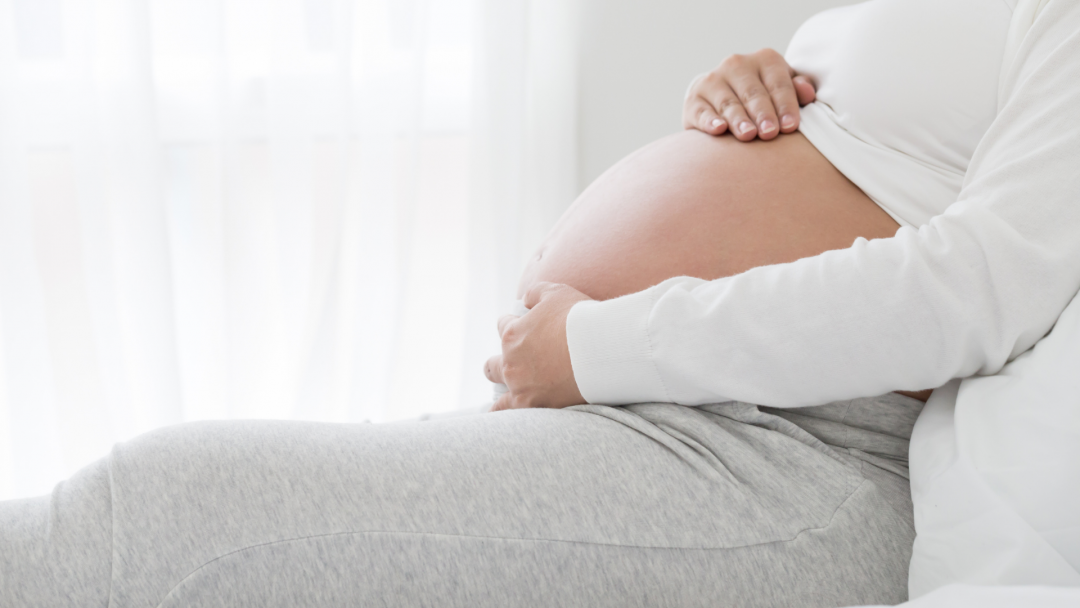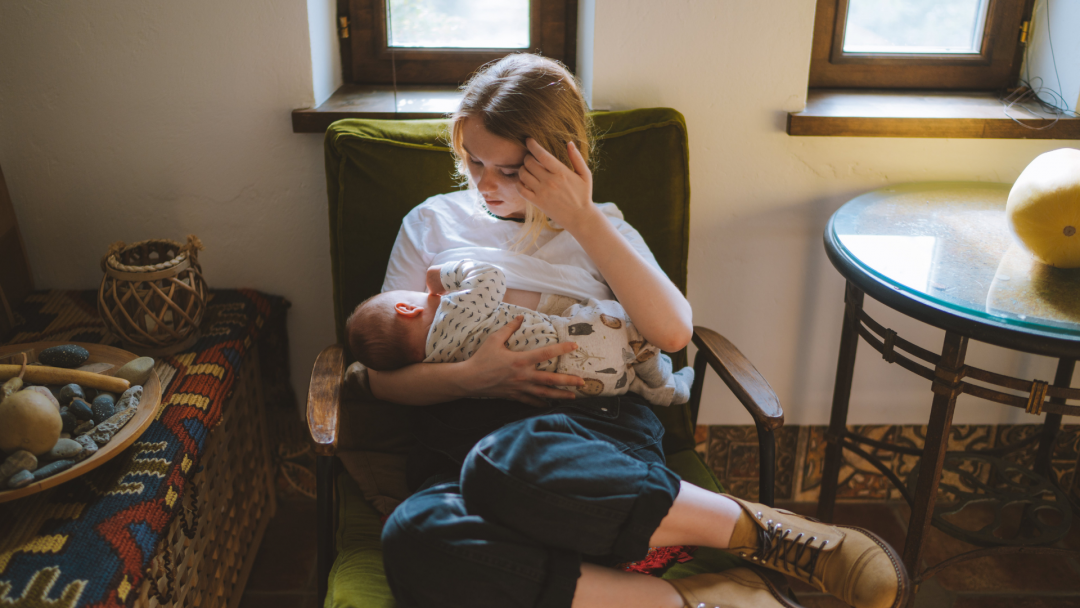Sex after giving birth, the first poo, belly button stumps and babies who won’t stop crying: We answer the birth and baby parenting FAQs you’ve been too awkward to ask about! With Mater Mothers
Categories: General Parenting
6-minute read
Of all the corners of the internet, the birth and baby advice corner is possibly the most ridiculous. Sure, there are some lovely and supportive parents around who genuinely want to share what has worked for them. But, you probably won’t find them on maternity forums. Instead, you’ll find @MamaofPrincessOliviaBelle94 chastising someone for delivering their baby in a hospital instead of in a yurt under a full moon or bragging that her daughter emerged from the womb speaking full sentences and playing the piano.
When it comes to pregnancy, birthing and parenting a tiny baby for the first time, you will have questions. Many, many questions. You might find answers for some of them on the internet, or from friends and family. But there’s a lot of misinformation out there, and a lot of opinion disguised as fact. There are lots of well-meaning people spouting absolute nonsense, and lots of people claiming to be experts who reeeally aren’t.
Luckily, we’ve got a direct line to the actual experts on everything mum and bub, and now you do, too! The Mater Mothers team is composed of physiotherapists, midwives, lactation consultants, pastoral care workers, obstetricians, gynaecologists, mental health clinicians and more, and together, they know just about everything there is to know about bringing babies into the world. That’s why we chose them. Nothing is scarier and more precious and heart-wrenchingly wondrous than having a baby. So, to ease your mind and heart during this time, you need genuine insight from people who work with expectant and newly-minted parents to deliver around 12000 babies every year. You need science: consistent, safe and evidence-based information and clear, factual delivery of that information. You need compassion, understanding and respect. You need people who understand exactly what your fears are and what you want to know but feel too scared, silly, embarrassed or awkward to ask about. Here they are, answering some FAQs with no details spared!
Is the first poo after giving birth going to be horrific?
The prospect of going for the first poo after giving birth can be a bit daunting. You might be experiencing tenderness and/or pain and have stitches in your perineum (see that question below!) or your belly. But, it’s actually something we tend to overthink, says Sheri from Mater Mothers. Nonetheless, it’s good to be prepared, so she has three tips to help make it less, um, memorable an excursion to the loo:
- Wait until you get the urge to go
‘It’s normal not to have the urge to open your bowels for the first couple of days after having a baby,’ Sheri says. ‘You may not have eaten much during labour or while waiting for your caesarean and the process of labour tends to churn your system up.’ If it’s been a couple of days, try a walk and a warm drink.
- Keep your poos soft
‘Eat a couple of pieces of fruit, or something else if you’re offered it on the ward,’ Sheri says. It will be much easier to poo if it is soft and doesn’t require straining to pass.
- Try and relax.
‘When you get to the toilet and it’s time, take a big breath in and out. Lean forward and put your feet up on a little stool if you want to. Relax your stomach. If you’ve had a caesarean, support your tum, if you’ve had a vaginal delivery, wrap a pad or some toilet paper around your hand to support your stitches. You’ve got this!’
When people talk about tearing during labour, what does this mean?
If someone is referring to having tearing during childbirth, they’re probably talking about the perineum, the area of skin between the opening of the vagina and the anus. The perineum is connected to pelvic floor muscles (the ones that help you hold your wee in). An episiotomy is a cut in the perineum. Most first time mums (⅘) who deliver vaginally will have some perineal tearing and about half of second-time mums. A lot of mums are really worried about this, says Sheridan Guyatt from Mater Mothers, but there’s lots you can do to help the healing process. ‘Ice packs, painkillers and anti-inflammatories can help with the pain,’ Sheri says, and rest on a flat bed to take the pressure off stitches is also important. Weeing in the shower can lessen the sting of the urine over the stitches, and supporting your stitches when you laugh or cough is a good idea. The first few days will be the worst, but you’ll probably be in the hospital with assistance on tap – use it. Finally, some pelvic floor exercises are an important part of the recovery process. Of course, Mater Mothers have some very helpful videos on these, too (see below).
What happens to the baby’s little belly button stump where the umbilical cord is cut?
When your baby is born, their umbilical cord is clamped and cut, leaving a little stump with a clamp on it. The good news is, you don’t have to do anything about it! After a few days, the little piece of cord will darken and dry out. It will eventually fall off, somewhere between 5 and 15 days after birth. As a general rule, leave it alone, say the Mater Mothers team. Bathing is fine but you will need to pat it dry afterwards. It can get infected (although this is unusual), so make sure you fold bub’s nappy down so nothing is rubbing against the clamp and cord and it’s exposed to the air. While you’re waiting, place your bets – will it be an innie or an outie?
What will my baby do in the first few days after birth?
This might sound like a silly question, but it’s not! How are new parents supposed to know what is typical baby behaviour and what isn’t? Stacey Jukes, a Lactation Consultant with Mater Mothers, sets the record straight, saying that, ‘All babies’ behaviour varies greatly in those first five days after birth. Depending on what type of delivery you had, whether your baby was premature or full-term, how robust and strong they are – they can all be very different. It’s very important for you to respond to your baby’s early cues and get to know them.’ So, rather than worrying about what a ‘normal’ baby does, use this time to learn what is normal for your baby so you can respond accordingly. Do as much skin-on-skin time and cuddling as you can while you get to know each other. This will help to establish you as a safe, secure and comforting home base that your baby can explore all the lights and sounds and smells of this strange new world from.
How long after giving birth should I wait before having sex?
‘It’s totally normal to be apprehensive about getting back to sex. Most women aren’t interested because of the change in hormones that happens after giving birth and the demands of looking after a new baby. There’s no rush,’ says Sheridan Guyatt, Mater Mothers physio. ‘Many couples don’t get back to sex for several months after giving birth, and you shouldn’t have sex for the first four to six weeeks while you’ve still got your lochia, the postnantal bleeding, because there’s a risk of infection.’ When you are ready, here are Sheridan’s tips:
- Use lubricant
It’s normal to not have much vaginal lubrication due to your hormone changes.
- Explore your own scarring
Scar tissue may feel sensitive and numb at once, and just different. Touching and exploring the area on your own can help reconnect your mind and your vagina after birth so you cognitively understand the sensations that are occurring. This is also helpful if you have a tummy scar after a caesarean.
- Take it slow and steady
Find a position where you can control what pressure goes on what area, to account for any pain or sensitivity you experience.
- Strengthen your pelvic floor
This improves clitoral function and vaginal wall tone, which improves your sensitivity in sex in a good way!
What if I can’t get my baby to stop crying?
‘All babies cry, but there’s a huge variation in the amount that babies cry,’ says Majella Henry, Mater Mothers’ Hospitals’ Parenting Support Centre GP. ‘About one in five parents report that their babies are unsettled or cry and fuss excessively, or say that they have colic. Colic is an interesting term, and really just describes a pattern of excessive crying behaviour.’ While colic isn’t a medical diagnosis, the term can suggest there is something wrong with the amount your baby cries. This isn’t necessarily the case. ‘Babies cry because they have emotional and physical needs but it’s not always apparent what those needs are,’ Majella continues. This is the tricky bit for a lot of parents. How do you soothe a crying baby if you don’t know why they are crying? Well, the important bit is just you being responsive, trying to soothe them and work out what needs to be addressed, says Majella. This responsiveness will usually help settle the crying over time. The acronym PURPLE can help you determine whether your baby’s crying fits in usual parameters:
P is for peak. Your baby might cry more each week, with a peak of around 6-8 weeks. After this, crying usually reduces, significantly so at about 4-5 months.
U is for unexpected. Babies can start crying, seemingly out of the blue.
R is for resistant to soothing. Sometimes when you are present, responsive and trying to settle your baby, they continue to cry. It still makes it less overwhelming though.
P is for pain-like face, to describe situations where your baby looks like they’re in pain.
L is for long-lasting. Babies can cry for a long time, sometimes up to five hours in a day.
E is for evenings. Babies often cry more in the afternoons and evenings.
So, if your baby is crying a lot but it seems to fit these parameters, comfort yourself with the fact that they may just be in their purple period, and there is an end in sight! If their crying doesn’t seem to fit these parameters, it’s a good idea to seek assistance from your GP or Child Health Nurse.
We’ve included a lot of video links in this blog, but you can also search ‘Mater Mothers’ on the PTV site to see the whole selection. Having a baby can be scary, but empowering yourself with information makes it less so. Happy viewing!











